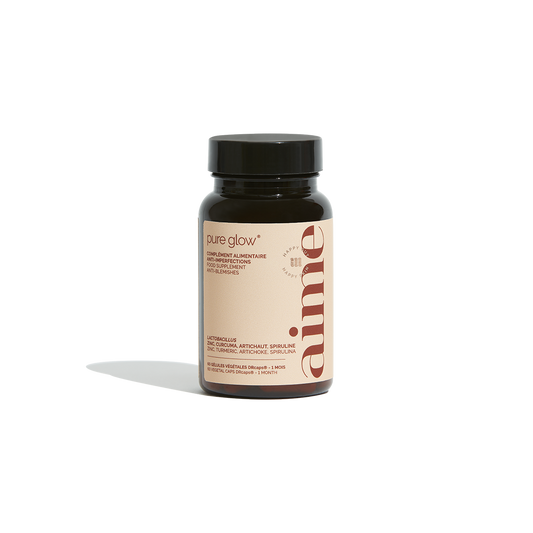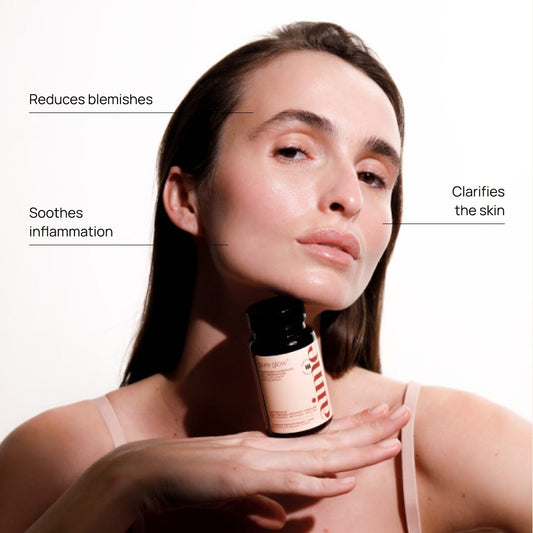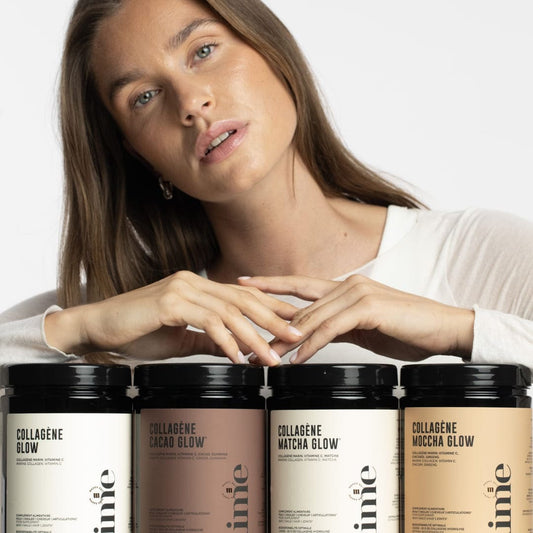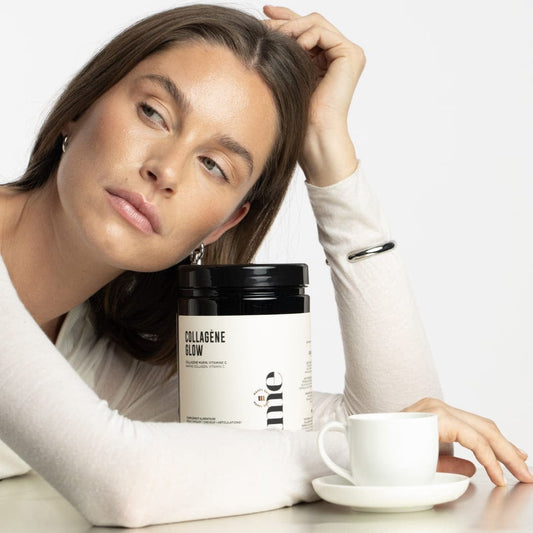Did you know that acne is the leading skin condition, ahead of eczema, affecting no fewer than 3.3 million people aged 15 and over in France? Among them, in dermatologists' offices, 67% of patients complain of marks and 37% of scars*. What should you do when acne has left marks on your skin?
*Source: Study carried out by the French Society of Dermatology, 2016. 20,012 people.
There are effective ways to reduce and even eliminate unwanted marks left by acne pimples, so you can regain smooth and even skin.
What type of acne scars are we talking about?
Hypertrophic acne scars form when the body produces too much collagen during the skin's healing process, resulting in a raised scar.
Conversely, atrophic acne scars form when the skin doesn't produce enough collagen during healing, leaving pits or depressions in the skin. The so-called craters.
Pigmented acne scars appear when acne causes hyperpigmentation of the skin due to photosensitizing treatment and/or UV exposure without sufficient protection.
To remove acne scars: 5 reflexes to adopt
Medical treatments exist, on the recommendation of a cosmetic doctor or dermatologist: microdermabrasion, laser peeling, injections, etc. But you can also take action at home by adopting a suitable inside & out routine that reduces scars and limits their appearance in the future.
1° A good skincare routine
On clean skin, cleansed with a gentle cleanser like The Simple Cleanser, apply The Simple Serum , an antioxidant, unifying, and anti-blemish vitamin C serum, followed by The Simple Cream , packed with hydrating hyaluronic acid. Enriched with prebiotics and probiotics, these formulas balance the skin's microbiome over the long term to limit the risk of recurrence.
2° Soothing active ingredients inside and out
In addition to hydrating hyaluronic acid, it's recommended to apply soothing active ingredients such as Bisabolol or Niacinamide, or even anti-irritation rose water to the skin. Choose gentle, non-comedogenic formulas. Combine this routine with dietary supplements: Pure Glow if you suffer from juvenile acne, based on turmeric and pepper piperine, and Balance & Glow if you suffer from hormonal acne.
At Aime, we recommend combining these supplements with Clear Glow , whose antioxidant active ingredients inhibit the production of melanin that causes dark spots and reduce the appearance of existing spots. Within a few weeks, your complexion will be more even and the appearance of scars will be reduced.
3° Perfect sun protection
A false friend, the sun dries out pimples occasionally, but when school returns, it's the rebound effect. Apply a broad-spectrum sunscreen as needed to protect your skin from sun damage, whether you're in the middle of an acne treatment or in the post-inflammatory phase. UV rays can worsen the appearance of scars by creating dark spots or hyperpigmentation, especially if your pimples have been popped or picked at.
4° Regular exposure to LEDs
LEDs (Light Emitting Diodes) are cold lights that encourage cells to regenerate, through photomodulation, with a different effect depending on the color. The antibacterial blue light acts on imperfections during acne breakouts, the yellow light activates venous and lymphatic microcirculation and soothes redness, the green light acts on pigmentation. Finally, the red light stimulates fibroblasts that produce collagen and elastin, making the skin firmer and denser, but also more uniform.
The Glow Studio 's LED bar offers programs to reduce acne and unevenness due to moderate to severe acne.
5° A healthy lifestyle
At Aime, we're convinced: lifestyle plays a huge role in the appearance and glow of your skin. Avoid smoking. Choose a balanced diet instead of ultra-processed foods, fast-acting sugars (pro-inflammatory), and certain dairy products.










